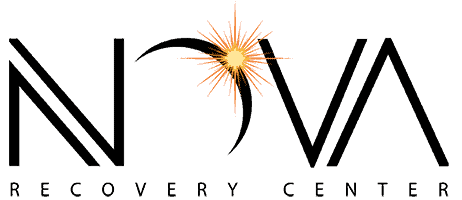Oxycodone Addiction Treatment and Withdrawal Help
GET HELP TODAY!
100% Confidentiality Guaranteed
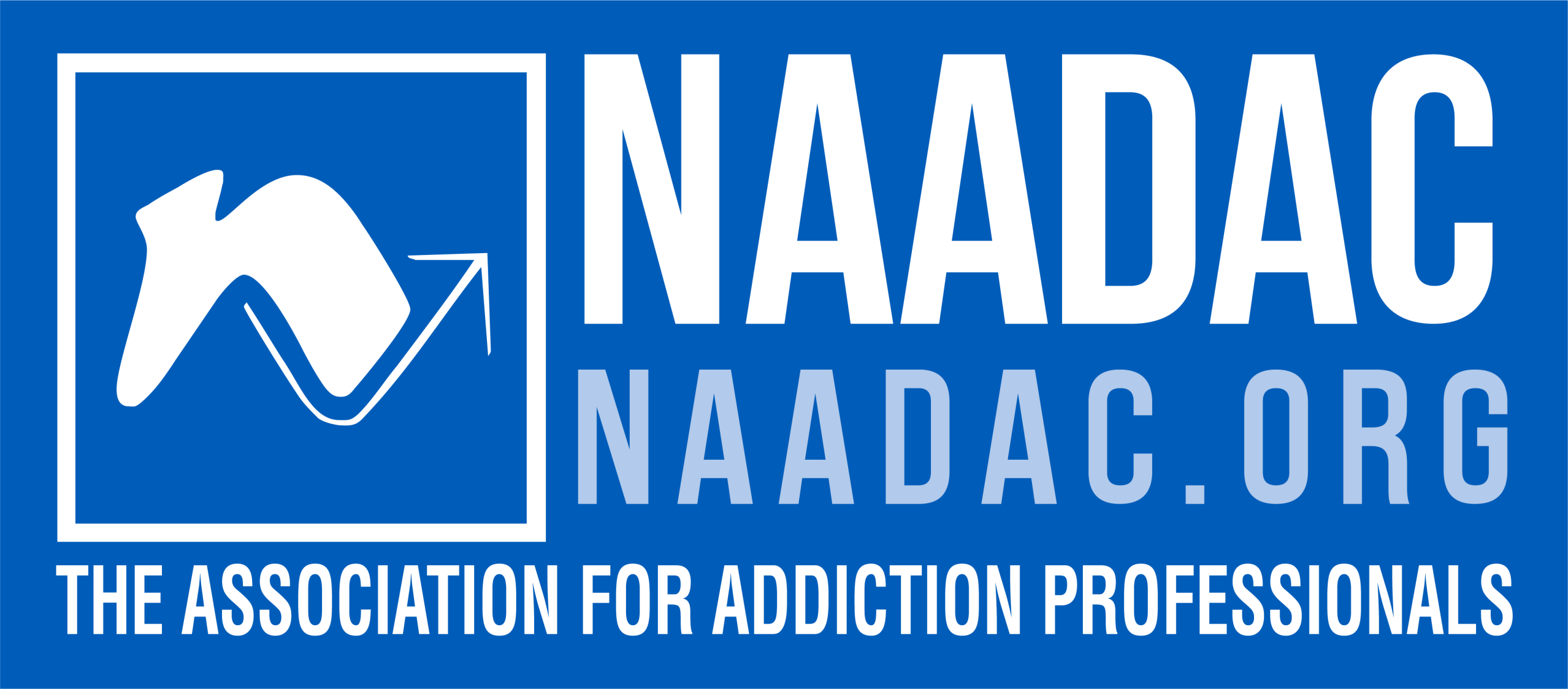
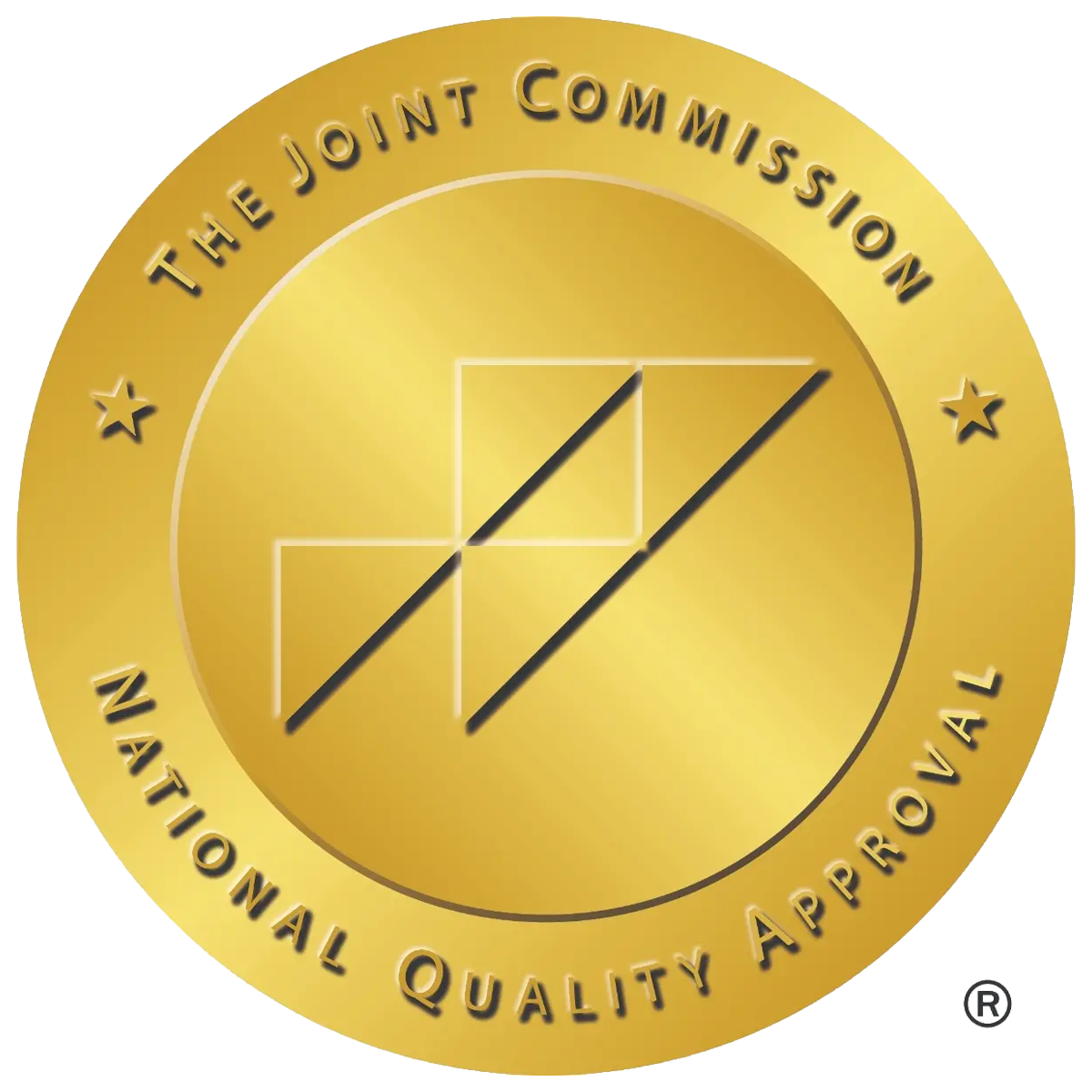
What Is Oxycodone?
Oxycodone is a prescription opioid commonly used to treat moderate to severe chronic pain. It works by changing how the brain processes pain signals. This provides fast pain relief, but also makes the drug highly addictive.
Doctors often prescribe oxycodone under brand names like OxyContin, Percocet, and Percodan. People may misuse it by chewing, crushing, or injecting the pills, which increases the risk of addiction and overdose. Even when taken as directed, it can cause physical dependence over time.
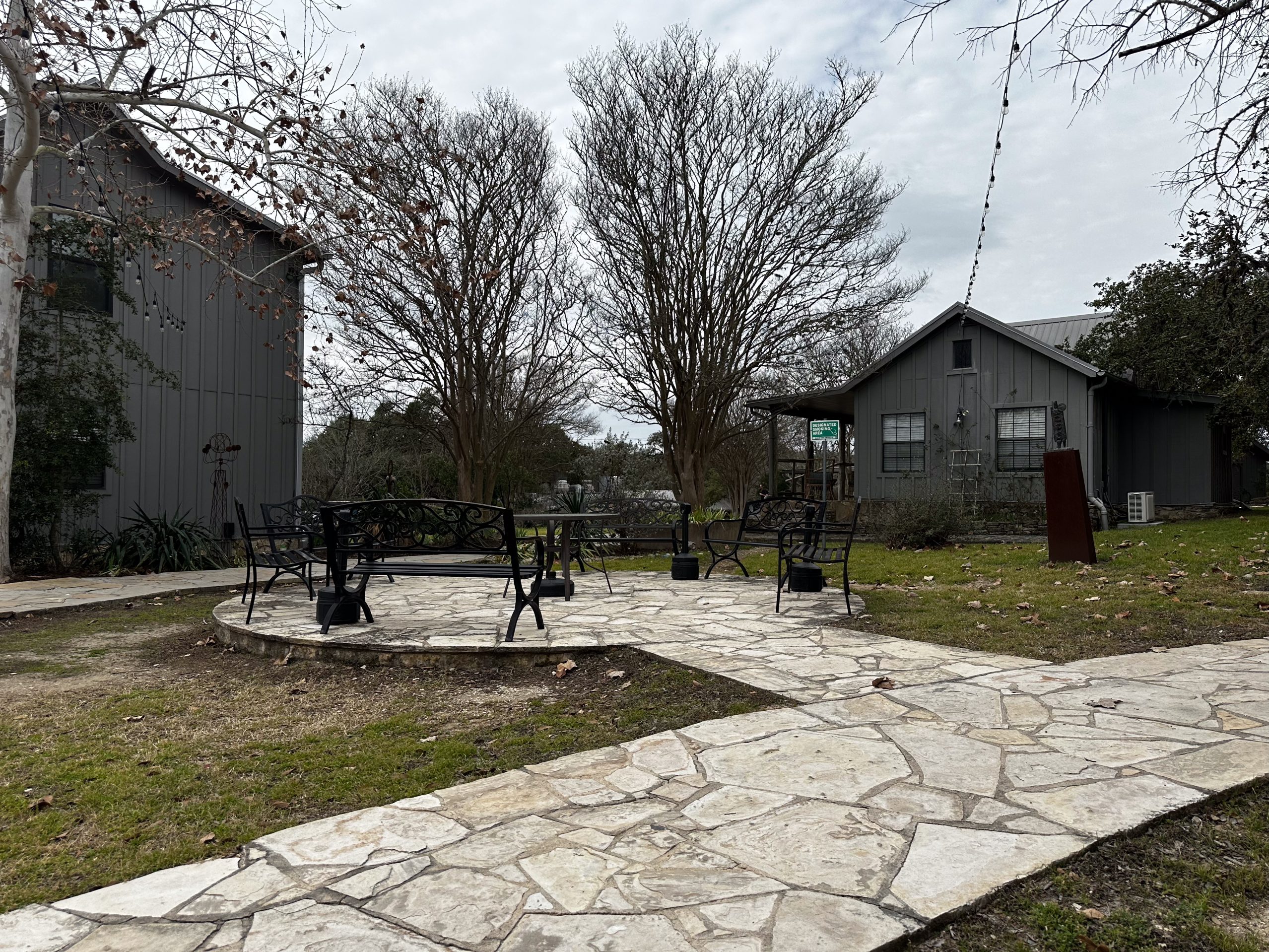
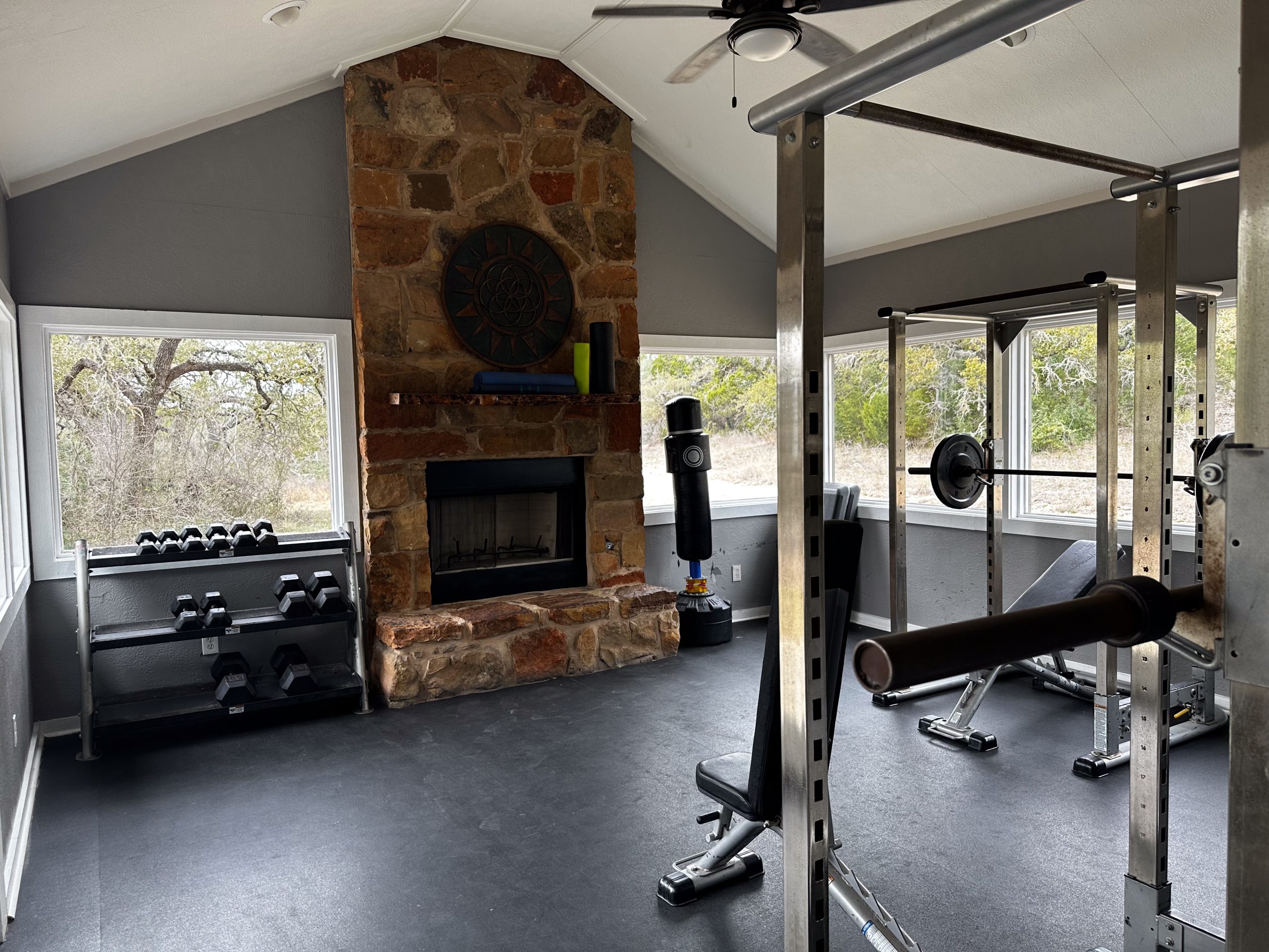
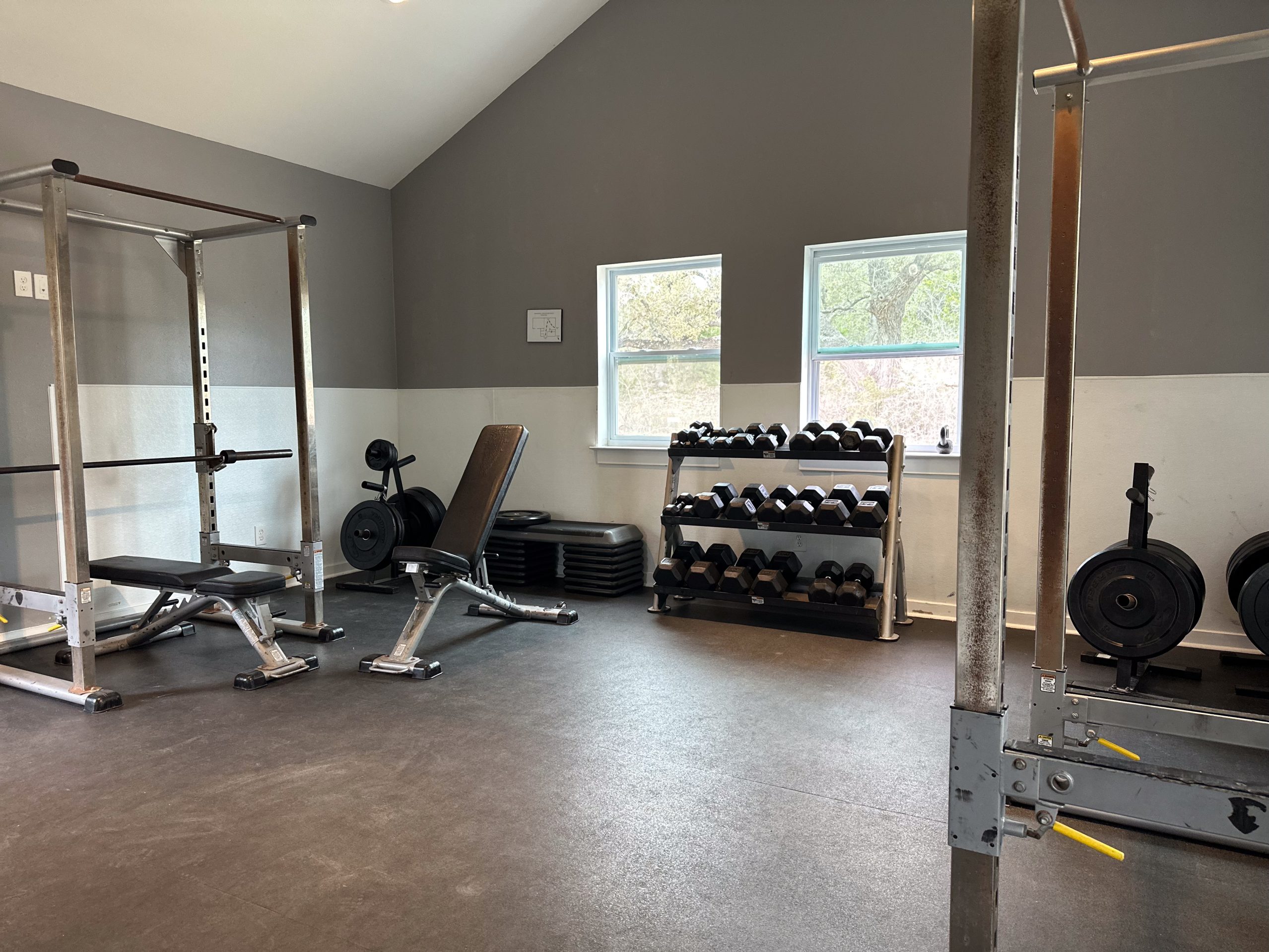

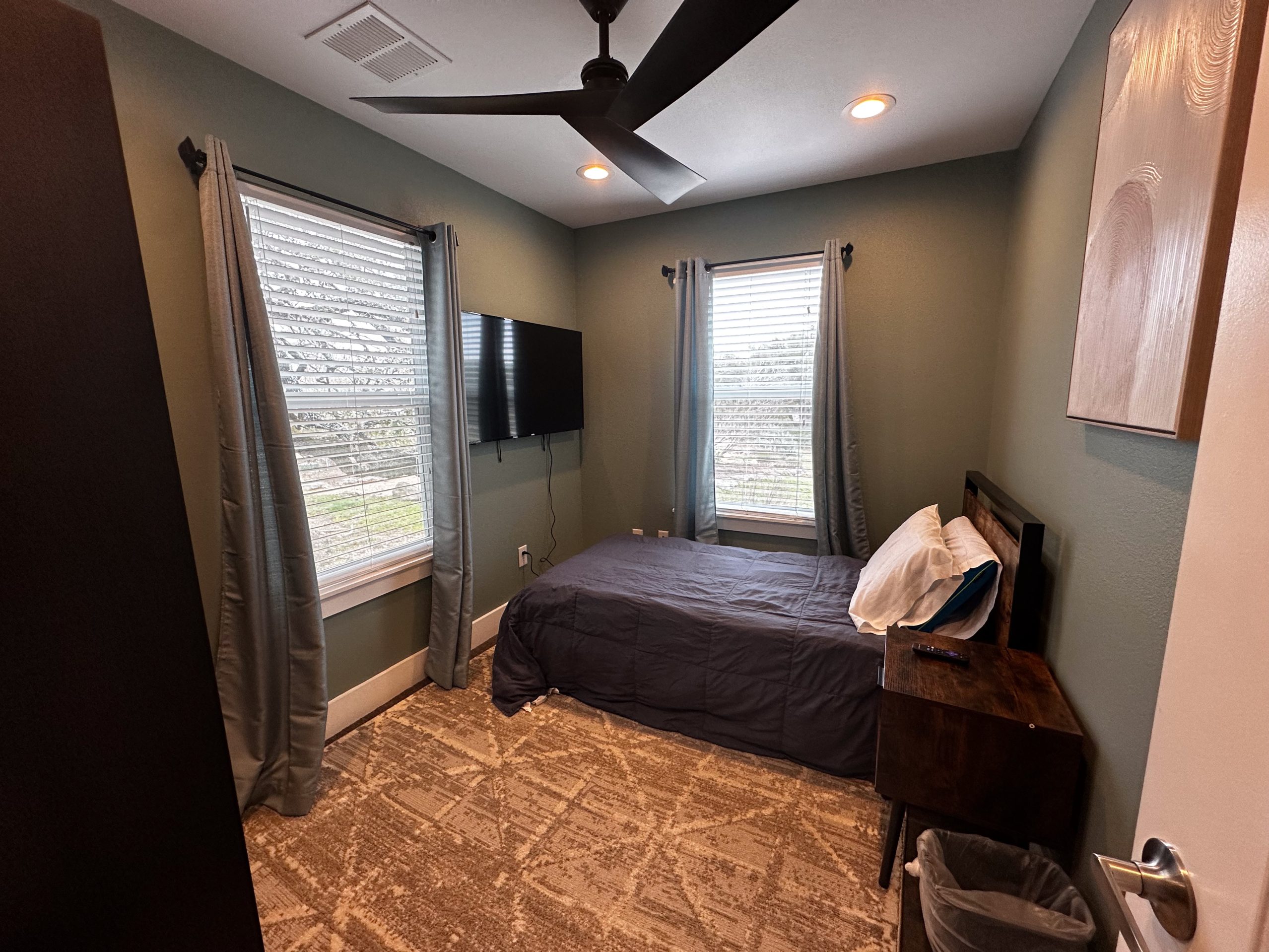

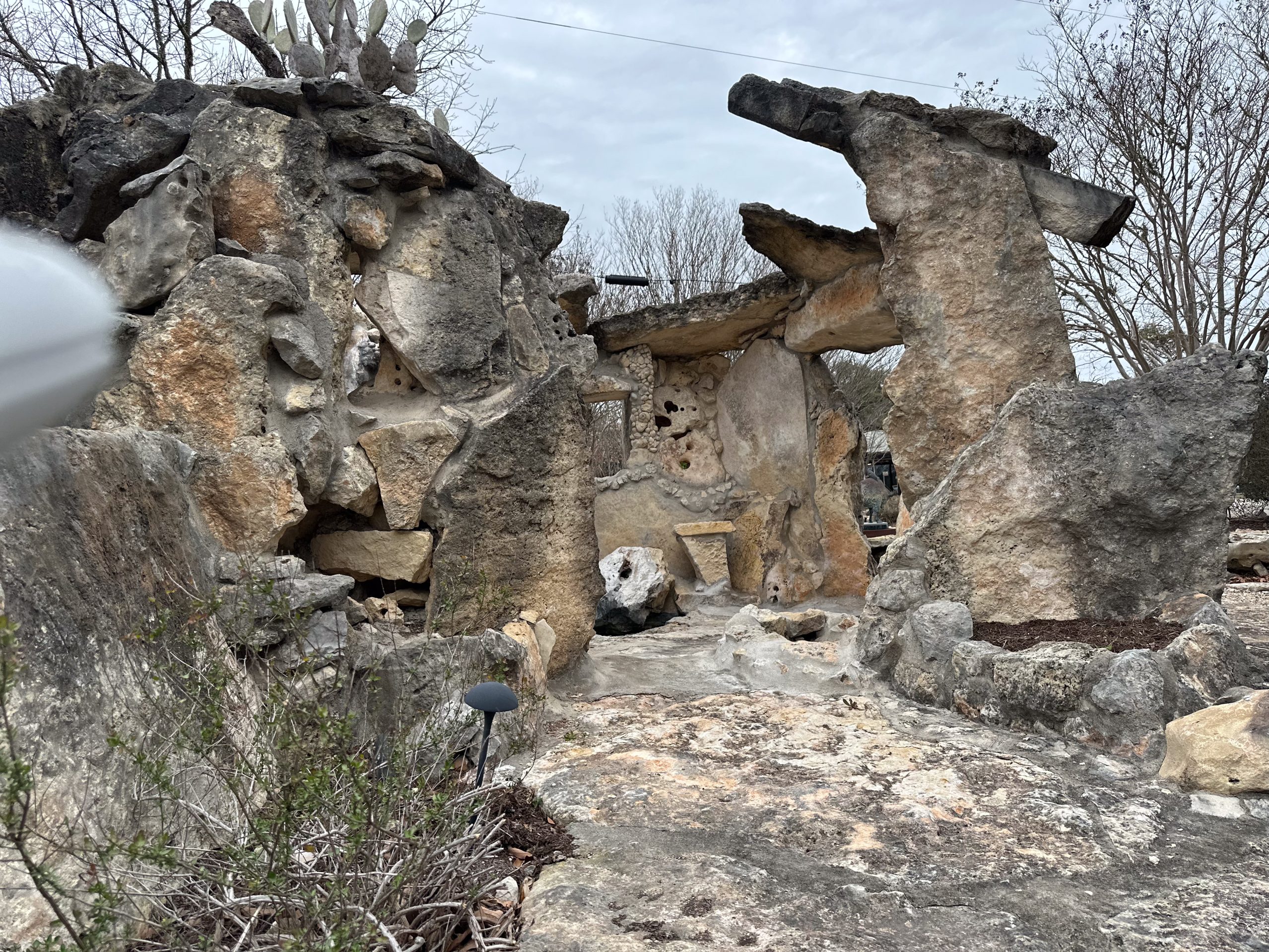
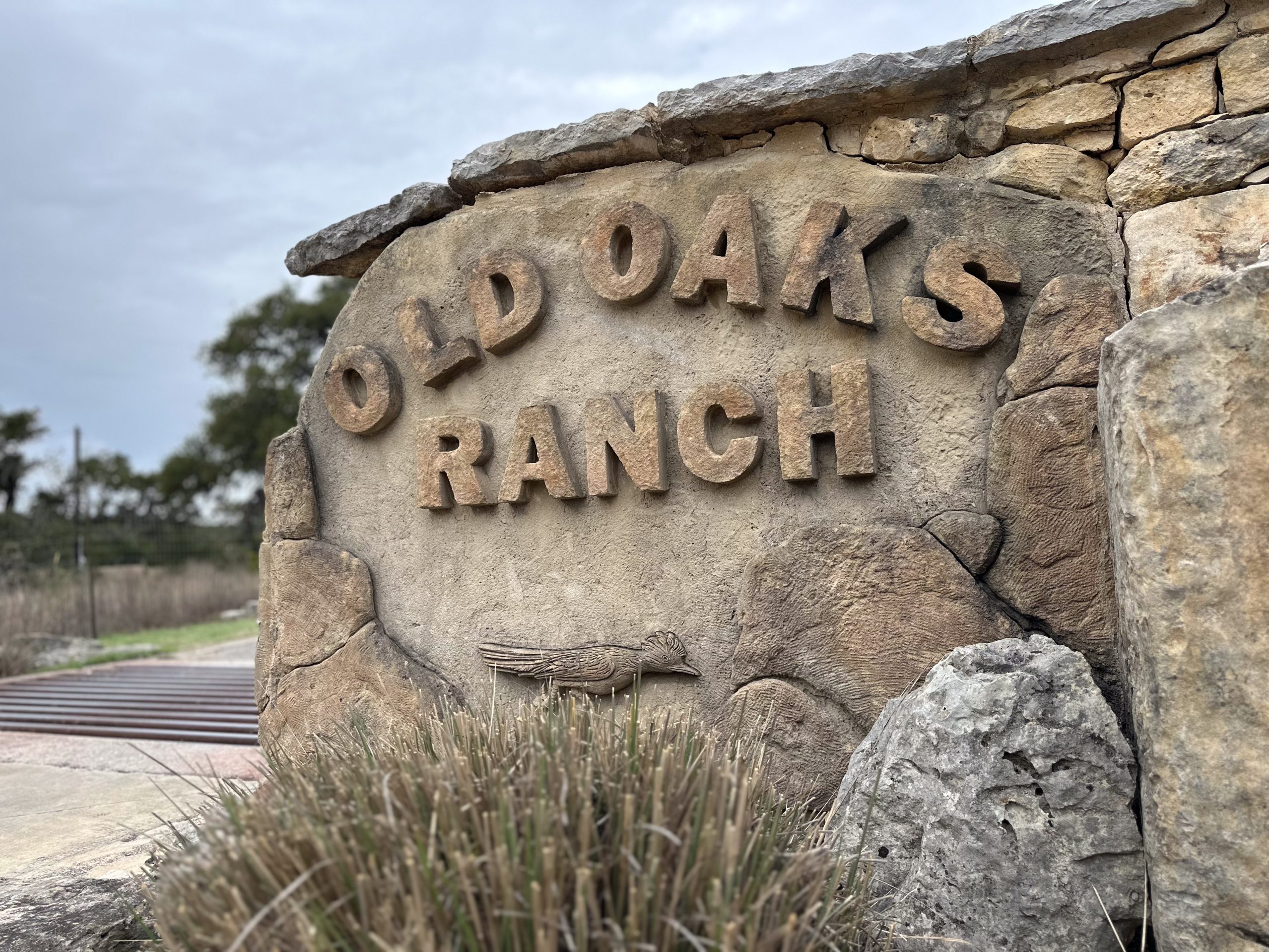
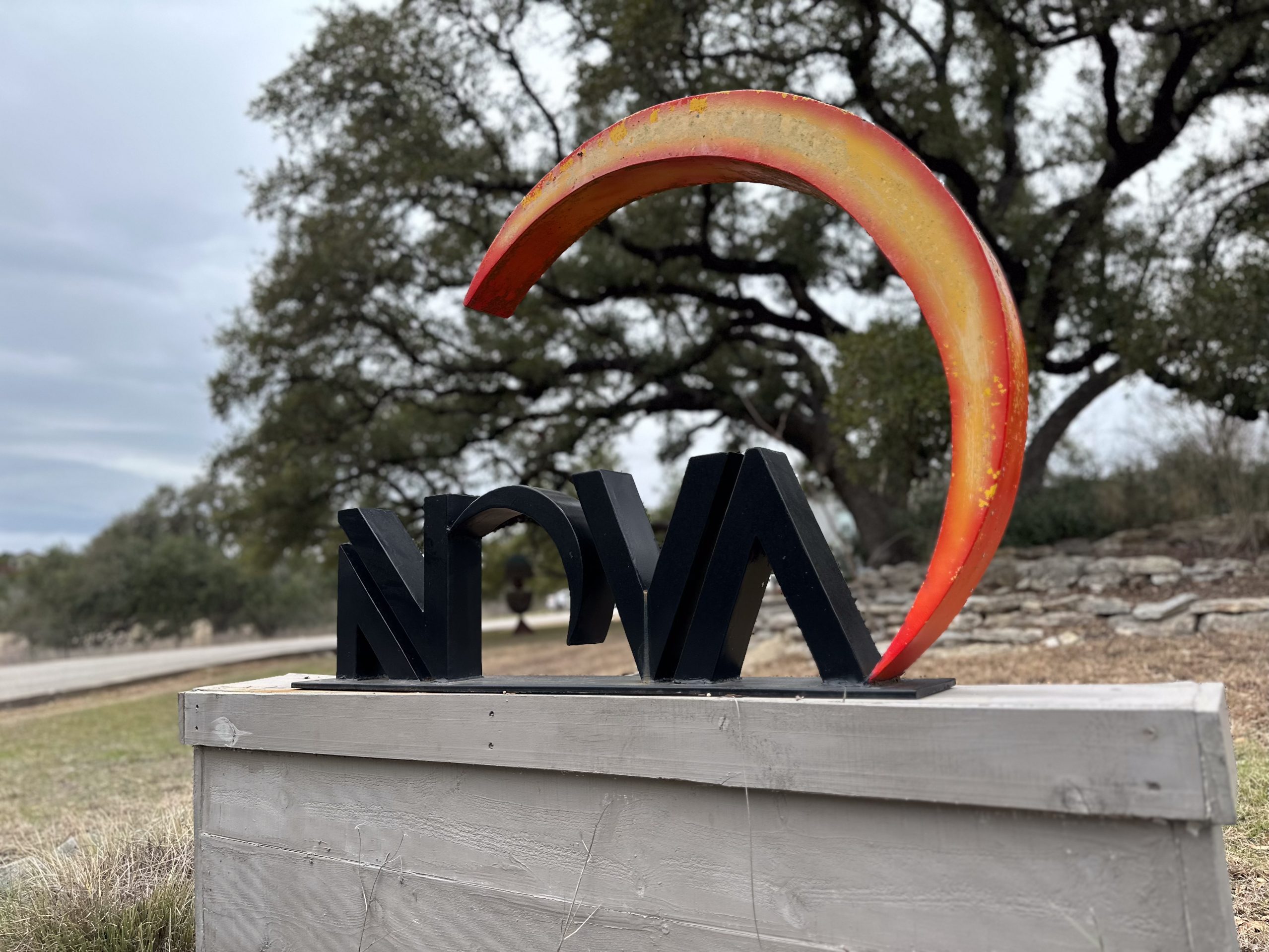
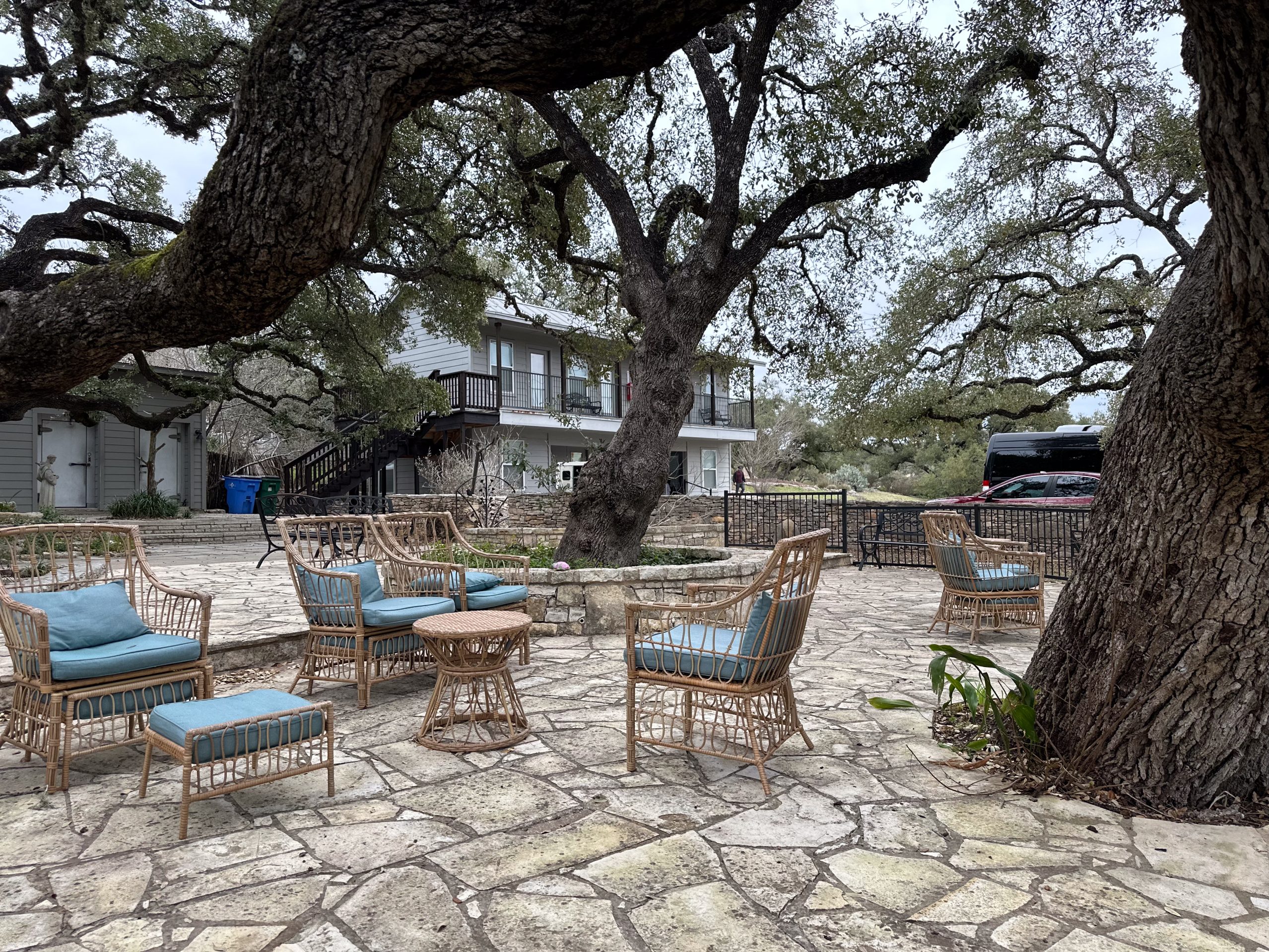
Oxycodone vs. OxyContin
Oxycodone is the active ingredient, while OxyContin is a timed-release version of the same drug. The main difference lies in how long they last. Oxycodone provides relief for about 4 to 6 hours. OxyContin can last up to 12 hours due to its extended-release formula.
Both drugs are classified as narcotics. They are addictive, especially when misused. OxyContin is one of the most commonly abused prescription opioids in the United States.
Street Names for Oxycodone
Common slang terms for oxycodone include:
- Oxy
- OC
- Ox
- Blue
- Killers
- Hillbilly Heroin
- Kickers
How Common Is Oxycodone Abuse?
The national survey on drug use found that 3.9 million people misused oxycodone in 2016. According to the National Institute on Drug Abuse, prescription opioid overdoses rose sharply between 2000 and 2014. Over 18,000 people died from prescription painkillers in 2015 alone.
Many people start by taking oxycodone for pain but develop tolerance. Soon, they need more to get the same effect. This leads to opioid addiction, which often requires professional help to overcome.
Symptoms of Oxycodone Addiction
Recognizing the signs of oxycodone addiction early is key. Common symptoms of oxycodone addiction include:
- Using more than prescribed
- Craving the drug frequently
- Hiding use from family and friends
- Mood swings and irritability
- Ignoring responsibilities at work and home
- Financial issues due to drug spending
- Isolating from support systems
- Trouble focusing on daily life
These symptoms may develop quickly, even in those who began with a valid prescription.
Side Effects of Oxycodone Abuse
Short-term side effects include:
- Nausea
- Vomiting
- Constipation
- Fatigue
- Headaches
- Sweating
- Itching
Long-term misuse can cause:
- Depression
- Anxiety
- Hallucinations
- Insomnia
- Serious health problems
An overdose can become life threatening. Warning signs include shallow breathing, slow pulse, bluish lips, and unconsciousness.
Oxycodone Withdrawal Symptoms
-
When someone stops using oxycodone, they may experience symptoms of withdrawal. These symptoms are uncomfortable and sometimes severe.
Common symptoms of oxycodone withdrawal include:
- Muscle aches
- Abdominal cramps
- Goosebumps
- Watery eyes
- Sweating
- Nausea and vomiting
- Insomnia
- Anxiety
- Diarrhea
- Yawning
- Agitation
Because withdrawal can lead to dehydration and other complications, it’s best to detox under medical supervision.
Oxycodone Withdrawal Timeline
The oxycodone withdrawal timeline varies by person. However, a general timeline looks like this:
- 6 to 48 hours: Early signs begin, such as restlessness, anxiety, and muscle pain.
- Days 2 to 4: Symptoms peak. Nausea, vomiting, diarrhea, and intense cravings are common.
- Days 5 to 7: Most symptoms start to fade, although anxiety and low appetite may linger.
Recovery depends on several factors including dosage, health, and how long the drug was used.
More Time. More Joy. More You. Start Now.
WE ACCEPT MOST INSURANCES







Detoxing From Oxycodone
Detox is the first step in any effective addiction treatment program. At a medical detox center, trained professionals help manage symptoms of opioid withdrawal.
Clients receive a full assessment to create a customized treatment plan. Medication management helps reduce cravings and discomfort. The goal is to stabilize the client in a safe and supportive setting.
Once detox is complete, further treatment can begin. Options include inpatient treatment, outpatient rehab, and aftercare services.
Inpatient Drug Rehab vs. Outpatient Drug Rehab
Both inpatient and outpatient treatment programs offer valuable support. Choosing the right level of care depends on individual needs.
Inpatient Drug Rehab
Clients stay at the facility full-time during their treatment. They receive 24/7 support, attend therapy sessions, and follow a structured schedule. This is ideal for those with severe substance use disorders or a high risk of relapse.
Outpatient Drug Rehab
Outpatient treatment programs allow clients to live at home. They attend scheduled therapy sessions several times a week. This option works well for people who have family support or need to continue work and daily life responsibilities.
Some people begin with inpatient treatment and later transition into an intensive outpatient program for continued support.
Key Components of Addiction Treatment
Oxycodone addiction treatment involves multiple steps. These include:
- Cognitive behavioral therapy (CBT) to change negative thought patterns
- Family therapy to rebuild trust
- Group therapy for peer support
- 12-step programs or other support groups
- Medication-assisted treatment if needed
Clients also learn how to manage stress, rebuild relationships, and plan for long term recovery.
Freedom Starts Here. Take Back Your Life Today.
Same-Day Admissions in Austin Available.
Support Systems in Recovery
Family members play an important role in recovery. Programs often involve family and friends through education and counseling.
Support groups offer emotional encouragement. They help people stay motivated and accountable throughout the recovery process.
A strong network can reduce feelings of isolation and help individuals stay sober.
Sober Living Programs
After formal rehab, many individuals choose to live in sober living homes. These structured environments provide accountability while offering more independence than inpatient treatment.
Sober living programs help clients adjust to a drug-free lifestyle. Residents follow house rules, attend meetings, and support one another. This step is especially helpful for those who want to prevent relapse.
Continued Care and Aftercare
Recovery doesn’t stop after rehab. Continued care is crucial for maintaining progress.
Aftercare options include:
- Weekly group meetings
- One-on-one therapy
- Relapse prevention planning
- Life skills coaching
These programs help clients stay focused and avoid triggers in everyday situations.
Cost and Insurance Coverage
Treatment costs vary based on the level of care and location. Health insurance often covers some or all of the cost. Most treatment centers also offer payment plans or financial assistance.
Don’t let money stand in the way of recovery. Getting help is an investment in your future and quality of life.
Get Help Today
If you or a loved one is struggling with oxycodone addiction, don’t wait. Seek treatment now. Nova Recovery Center offers personalized care including detox, inpatient programs, outpatient rehab, and sober living homes.
Our team is committed to helping clients heal, rebuild, and learn to live a fulfilling, drug-free life. With the right support, recovery is possible.
Call today to explore your treatment options and take the first step toward recovery.
Other Outpatient Drug and Alcohol Rehab Locations
Oxycodone Addiction, Withdrawal, and Recovery – FAQs
What happens when you stop taking oxycodone?
When you stop taking oxycodone, your body may experience withdrawal symptoms because it has become dependent on the drug. These symptoms can include nausea, sweating, anxiety, insomnia, muscle aches, and cravings. A medical detox program at Nova Recovery Center provides safe supervision and support to help manage oxycodone withdrawal symptoms.
When does oxycodone become addictive?
Oxycodone can become addictive in a short period, especially if it is misused or taken in higher doses than prescribed. Addiction risk increases when the drug is used without medical supervision or for non-medical reasons. Recognizing early signs of dependency is important so individuals can seek treatment before addiction becomes severe.
What are the side effects of oxycodone?
Common side effects of oxycodone include drowsiness, constipation, dizziness, nausea, and confusion. Long-term use or misuse can cause serious health problems such as respiratory depression, increased tolerance, and addiction. If you or a loved one is struggling, Nova Recovery Center offers oxycodone detox and rehab options to restore health and balance.
What does oxycodone feel like?
Oxycodone produces feelings of euphoria, relaxation, and pain relief. These effects make it highly addictive because users may seek the drug’s pleasurable sensations rather than its medical purpose. Over time, tolerance builds, and higher doses are needed to achieve the same effect — a dangerous cycle that often leads to oxycodone abuse and addiction.
How long do withdrawal symptoms last from oxycodone?
Oxycodone withdrawal symptoms typically begin within 6–12 hours after the last dose, peak within 2–3 days, and can last up to a week or longer. Some people also experience lingering symptoms, known as post-acute withdrawal syndrome (PAWS). Professional detox and treatment help ease these symptoms and support long-term recovery.
What medications are used for opioid withdrawal?
During medical detox, medications like buprenorphine, methadone, or naltrexone may be used to reduce withdrawal symptoms and cravings. These medications are part of evidence-based treatment plans designed to improve comfort and increase the chances of long-term recovery from oxycodone addiction.
What street drug is similar to oxycodone?
Heroin is often considered the street drug most similar to oxycodone because both act on the brain’s opioid receptors and can create powerful euphoric effects. Unfortunately, people who misuse oxycodone may transition to heroin when prescriptions become difficult to obtain. Nova Recovery Center helps clients break free from both prescription opioid and street drug addiction.
